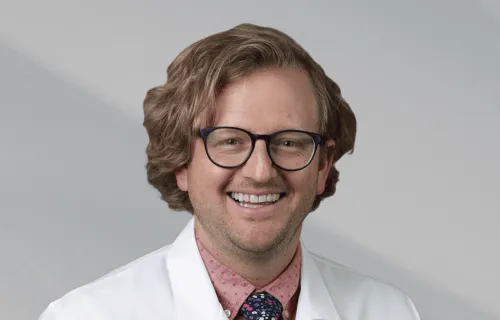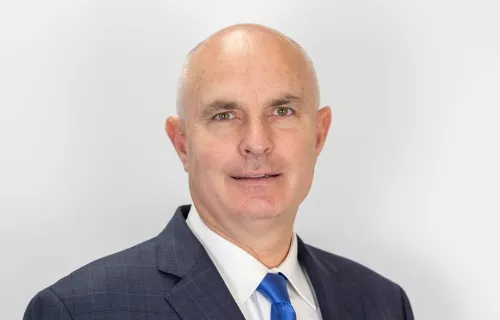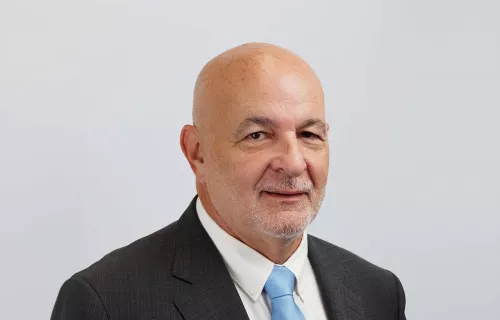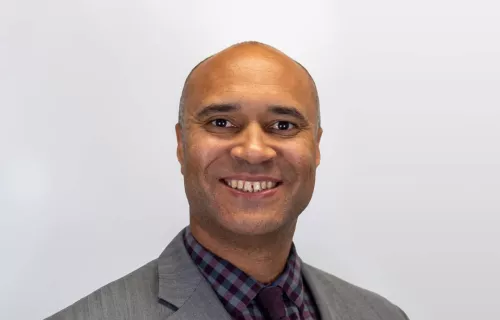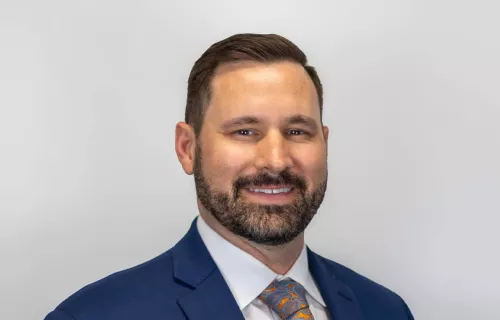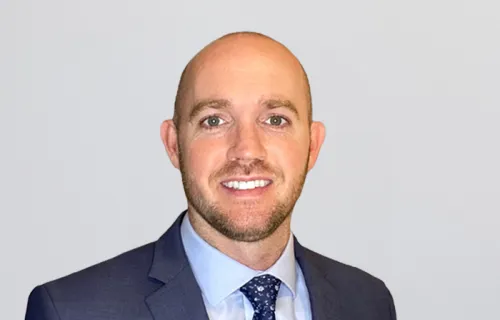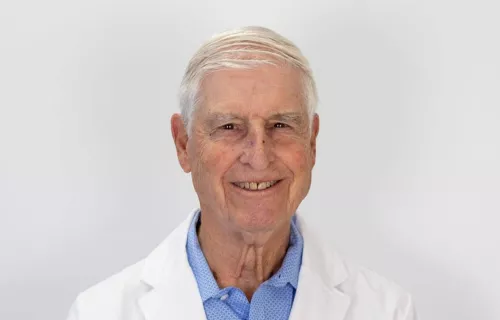
Knee
As the region’s most preferred orthopedic practice, OrthoArizona has a team of knee doctors who are exceptional experts and leaders in diagnosing and treating knee injuries and conditions.
Knee pain and discomfort can significantly impact your quality of life, restricting mobility and limiting your ability to engage in daily activities. Whether caused by injury, arthritis, or other factors, persistent knee pain requires attention and specialized care. Early diagnosis and intervention are essential for effective treatment and preventing further complications.
Whether it's related to sports injuries, degenerative conditions, or other issues, seeking care from a knowledgeable professional is crucial for accurate diagnosis and tailored treatment options to alleviate pain and restore function, enabling you to lead a healthy and active lifestyle.
When Is It Time to Seek Care From an Expert?
Recognizing the right time to seek expert care for your knee pain can be challenging. You should schedule an appointment if you or a loved one notices any of the following symptoms:
- Persistent knee pain, swelling, or stiffness
- Difficulty bearing weight on the affected knee
- Limited range of motion or instability in the knee joint
- Grinding or popping sensations in the knee
- Signs of inflammation, such as warmth or redness around the knee
- Pain that worsens with activity or impacts daily activities
- Significant impact on your quality of life
When it comes to picking the right doctor to treat your injury or condition, there are several factors to consider, such as professional training and level of expertise. Our knee doctors are experts with extensive specialty training and experience. They can locate the source of these symptoms and determine if it is an indication of a serious injury or condition. The most common conditions our knee specialists treat are:
- Bursitis
- Fractures and post-traumatic arthritis
- Osteoarthritis
- Osteonecrosis
- Patellar dislocation or instability
- Rheumatoid arthritis
- Soft-tissue pain
- Sports injuries
- Sprains and strains
Our team of specialty-trained knee doctors offers a comprehensive range of treatments, which includes:
- Joint injections (e.g., corticosteroids, hyaluronic acid)
- Minimally invasive procedures, such as arthroscopy
- Nonsurgical interventions, such as physical therapy, bracing, and activity modification
- Partial or total knee replacement surgery
- Revision knee replacement surgery
Our knee doctors are committed to using conservative approaches to treatment first for your knee injury or condition. In some instances, nonsurgical methods do not provide adequate pain relief and surgery is necessary to help restore your health. If a surgical approach is required, our knee specialists will work with you to determine what procedure is best for your needs.
Experience World-Class Orthopedic Knee Care With OrthoArizona
At OrthoArizona, our specialty-trained knee doctors have all completed extensive training specifically designed for knee care. Using advanced skills, knowledge, and expertise, they diagnose and treat knee injuries and conditions, delivering solutions that are tailored to your specific needs.
Our team of knee care doctors knows that pain in your knee can seriously affect your daily life. Our knee experts offer consultation and care at locations throughout the Phoenix metro area, including Phoenix as well as Avondale, Fountain Hills, Gilbert, Glendale, Litchfield Park, Mesa, Peoria, San Tan Valley, Scottsdale, and South Chandler, AZ.
To consult with one of our knee doctors, you can schedule an appointment online or call (602) 648-5444.
InstantOrtho is our answer to urgent, same-day orthopedic care in today’s busy and fast-paced world.


